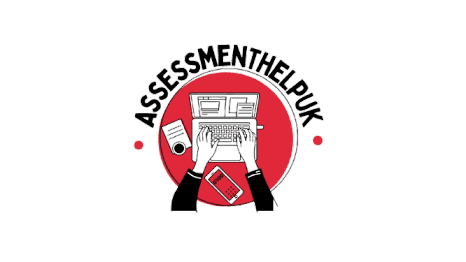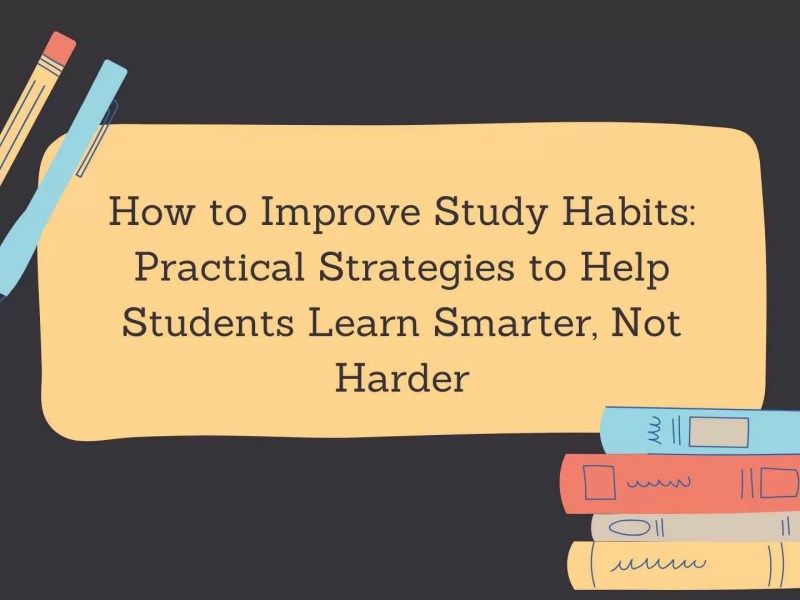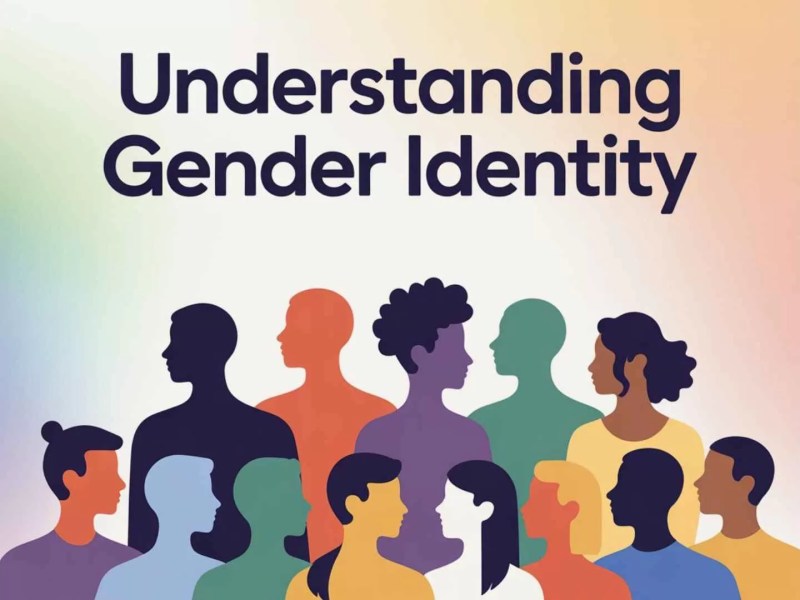It won’t be wrong to say that education isn’t just limited to classrooms, textbooks, or expensive institutions. In the modern era, a digital-first world, knowledge is rightly available at our fingertips, and in most cases, it’s totally free! For students who are struggling to meet the demands of their academic life, this shift has opened countless opportunities to learn, explore, and even grow beyond traditional jurisdiction.
Free educational resources have changed the way learners approach and see education. From having engaging lessons and online courses to all the way to open-access libraries and podcasts, there’s now a complete wealth of tools that are made to make quality learning accessible to everyone. These platforms fulfill the gap between ambition and affordability, empowering students to sharpen their skills, build more understanding, and even prepare for future careers without burdening the bank.
Regardless of whether you’re a secondary school student who is looking for assistance in mathematics, an undergrad, or a lifelong student who’s curious about coding or design, free resources are here to offer something for everyone. Here, exactly, we’re going to talk about the most trusted platforms, subject-specific tools, and many smart ways to make the most of them. Giving a message that meaningful education doesn’t have to be hefty.
The Rise of Free Educational Platforms
The real concept of learning has gone far beyond the four walls of a classroom. Over the past decade, the internet has democratized education, removing geographical barriers that once limited who could access quality knowledge. With the sudden rise of online platforms, students can now take university-level courses from under the most renowned names without spending too much (or free at times), something that was totally out of the blue a few years ago.
The global change towards remote and digital learning, especially after 2020, has accelerated this transformation. It’s not only changed how lessons were originally delivered but also redefined what it means to be an independent learner. Free educational platforms started filling crucial gaps by offering flexibility, inclusivity, and a chance for everyone to learn at their own speed.
Why Students Turn to Free Resources
As for many students, free learning tools have become a lifeline; they remove that big chunky financial burden of costly textbooks and tuition, letting everyone have equal access to knowledge regardless of background. More than that, they support self-paced exploration, allowing learners to focus on topics that genuinely sparked interest in them.
These resources also cross functions with modern academic demands, where digital skills, critical thinking, and adaptability are just as important as the traditional subjects. From structured courses to all the way to bite-sized video lessons, free platforms enable students to take charge of their own education, shaping confidence and curiosity along the journey.
Trusted sources that cover structured courses
Coursera and edX: university-backed courses
Coursera and edX give access to modules from leading universities and colleges across the world, making it possible to study subjects with the same structure and assessment style as on-campus courses. Both of these platforms offer free auditing options, which include lecture videos, reading materials, and discussion forums, where learners can choose to pay only if they want a verified certificate.
What to use them for
Audit full courses, follow a series for deeper study, or prepare for university-level work.
What to use it for
Revision, concept reinforcement, and practice questions tailored to school-level curricula.
FutureLearn and OpenLearn: UK-based platforms offering regionally relevant courses
FutureLearn and OpenLearn supply free courses from UK universities and public institutions, often with a local context that benefits learners in Britain and Commonwealth countries. These platforms publish short courses that blend academic rigour with practical relevance, from real-life skills to humanities and public health topics. Their emphasis on discussion and reflective activities helps students to engage with a better understanding.
What to use them for
Short CPD-style courses, contextual learning linked to UK systems, and conversational classroom resources.
Educational Podcasts: informal, on-demand learning that complements formal study
Let’s not forget the way in which YouTube and educational podcasts have influenced education by offering accessible introductions, thorough worked examples, interviews with expert opinions, and exam technique advice. When used perfectly alongside the structured courses, these formats boost comprehension, provide varied explanations, and even make learning more rewarding and engaging.
What to use them for
Quick explanations, revision playlists, and subject inspiration outside the syllabus.
Specialised Resources by Subject Area
What really needs to be understood is that every student learns differently, and subject-focused platforms allow that individual trait to shine in. Instead of being dependent on a single source, modern learners now turn to specialised hubs that match their academic interests.
STEM (Science, Technology, Engineering, and Mathematics)
Talking about STEM-based platforms that encourage active experimentation and logical reasoning, they go above memorisation, offering multiple simulations, problem-solving challenges, and visual explanations that make abstract ideas tangible. Students who are in science or engineering can now do multiple experiments, solve interactive equations, or even code small projects online, all without needing expensive lab equipment.
Such an environment nurtures analytical skills, creativity, and perseverance, qualities that serve students in academics and in the workplace. The real advantage is in the accessibility: Structured exercises and visual feedback help to bridge the gap between theory and application.
Arts and Humanities
Creative subjects live on interpretation and context, specialised online archives, open-access galleries, and literature libraries now allow learners to explore worldwide culture through visual and textual sources. Whereas art students can easily analyse a masterpiece in sheer detail, literature enthusiasts can access centuries of poetry and essays; history learners can examine digitised facts that bring the past to life.
Languages and Communication
From repetitive memorisation to interactive immersion, language learning has changed. Free sites combine cultural context with short courses to aid pupils in quicker learning and extended retention.
These tools give consistency over cost, whether one is perfecting their accent, expanding vocabulary, or boosting their communication confidence. They prepare students for a globally networked world by combining digital tools with real-world idioms to make multilingual learning more inclusive and interesting.
Building a Sustainable Learning Routine
Having access to free resources and materials is only valuable when students know how to use them efficiently. With such a wide range of information available online, it’s easy to feel overwhelmed or start multiple courses without completing any. A sustainable learning routine helps transform scattered curiosity into steady progress, which turns free access into a meaningful achievement.
What’s it Like to Have A Good Routine?
A good routine doesn’t mean to be tough enough; rather, it should be a good blend between consistency and flexibility. The most successful learners tend to structure short, focused sessions around realistic goals instead of long, exhausting hours. Allocating dedicated times for study, even if it’s about 30 minutes daily, keeps the momentum in flow and prevents any burnout.
Role Of Reflection
Reflexivity is just as important. Reviewing what has been learned every week helps pupils to reinforce information and pinpoint topics needing additional attention. Keeping a little study diary or monitoring development in a digital planner can help to make the process more concrete and inspiring. Being inquisitive is absolutely crucial. Students should link their goals with their interests rather than skipping among unrelated subjects. For example, a biology student studying statistics can apply it to lab data; a literature student studying history can interpret texts with a deeper context.
Conclusion
Free educational resources have shifted the way we think about learning. They’ve turned what was once a privilege into a public opportunity, an open door to knowledge for anyone who’s willing to step through it. But the real value is in how we use these tools: With curiosity, commitment, and purpose. By making routines, thinking critically, and engaging deeply, students can use this opportunity of free access to lifelong empowerment.
FAQs
Which free educational materials are most suitable for British pupils?
For UK students, good initial sources are platforms such as OpenLearn, FutureLearn, and BBC Learning.
How should I remain faithful with internet learning?
Keep inspired by setting little daily objectives and reviewing your development weekly.
Do companies acknowledge free courses?
Many companies value self-driven learning and pertinent skill development, even if certificates differ.
Could I get a degree through free systems?
Though not often, you can finish certified modules and short courses to boost your CV.
When studying online, how can I prevent burnout?
Take frequent breaks, switch topics, and avoid studying for long periods without introspection.
For school kids, are free learning tools appropriate?
Absolutely; they offer great assistance for revision, practice, and development of topic confidence.



